
Ruben Verborgh, Ghent University – imec
Getting started with Linked Open Data, 17 September 2021
Ruben Verborgh
Ghent University – imec

What can Linked Data
and cultural heritage
mean for each other?


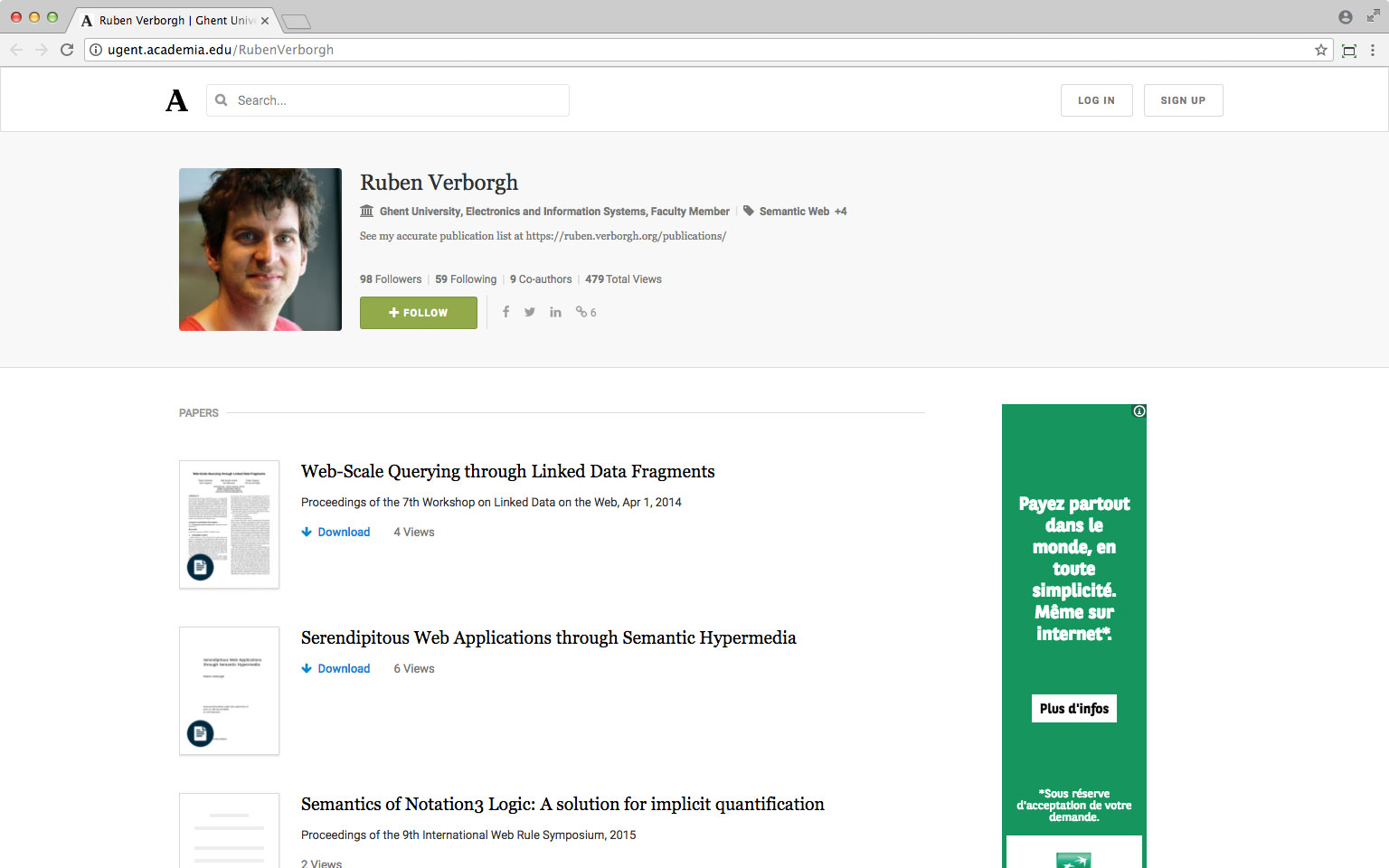


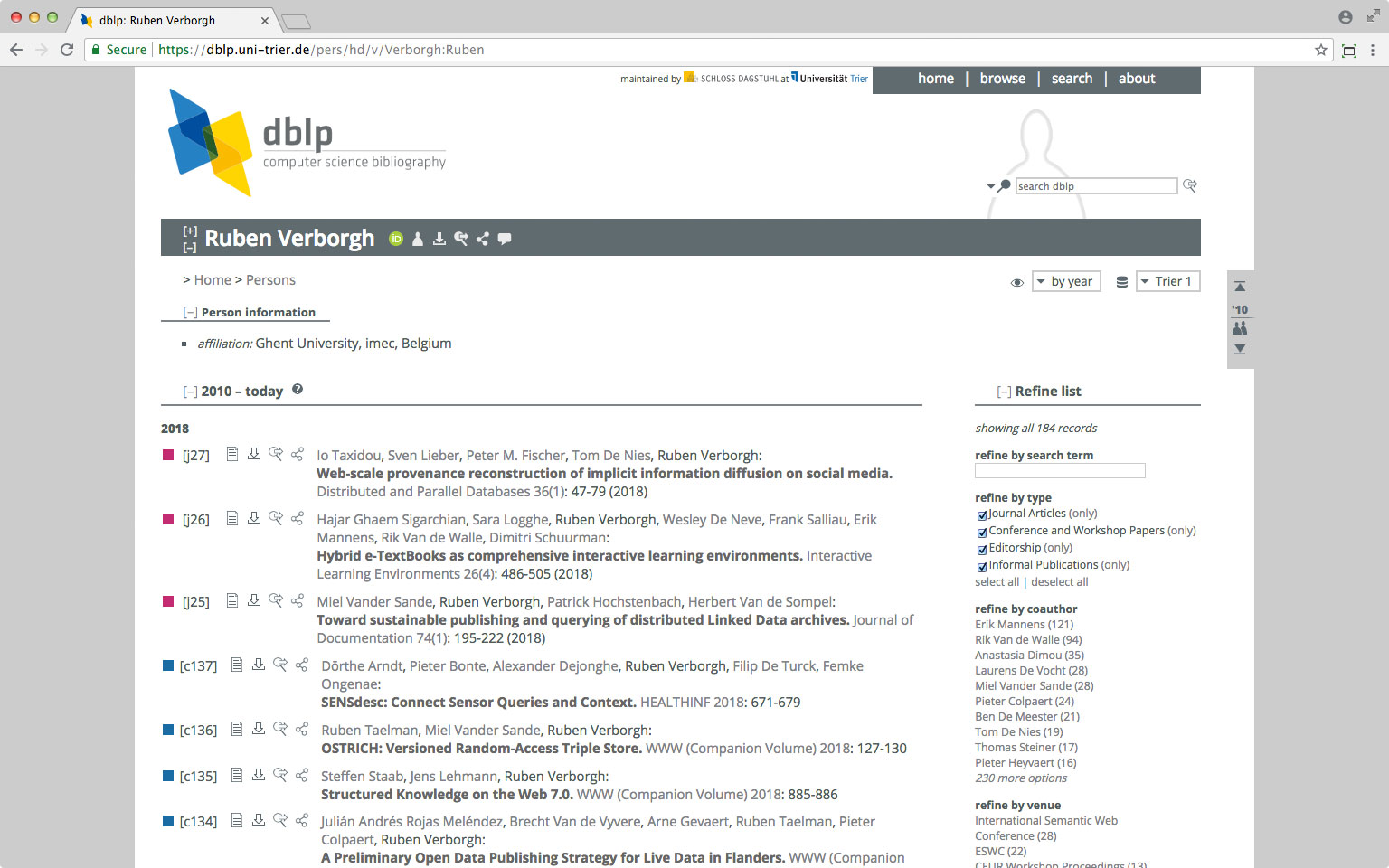


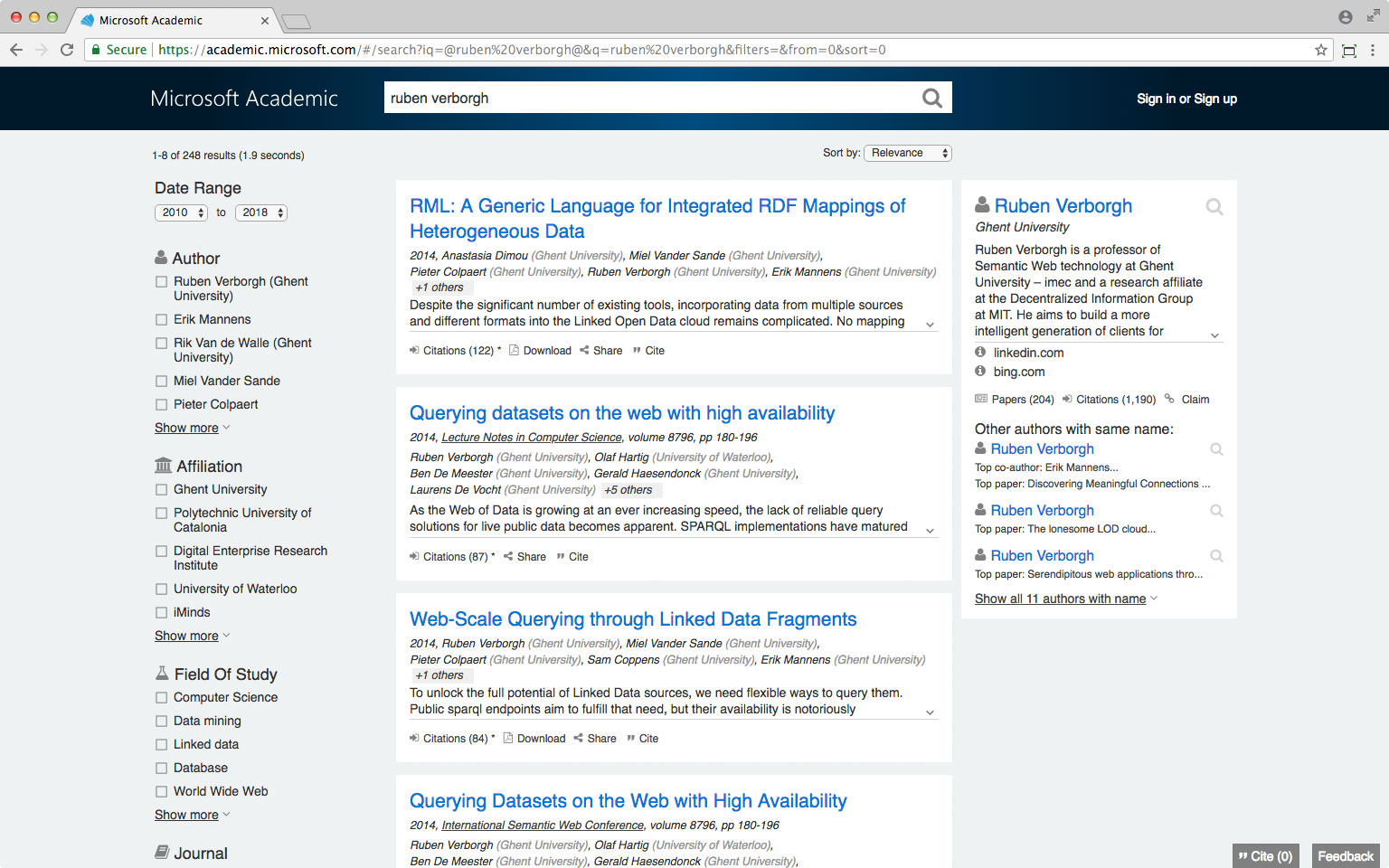
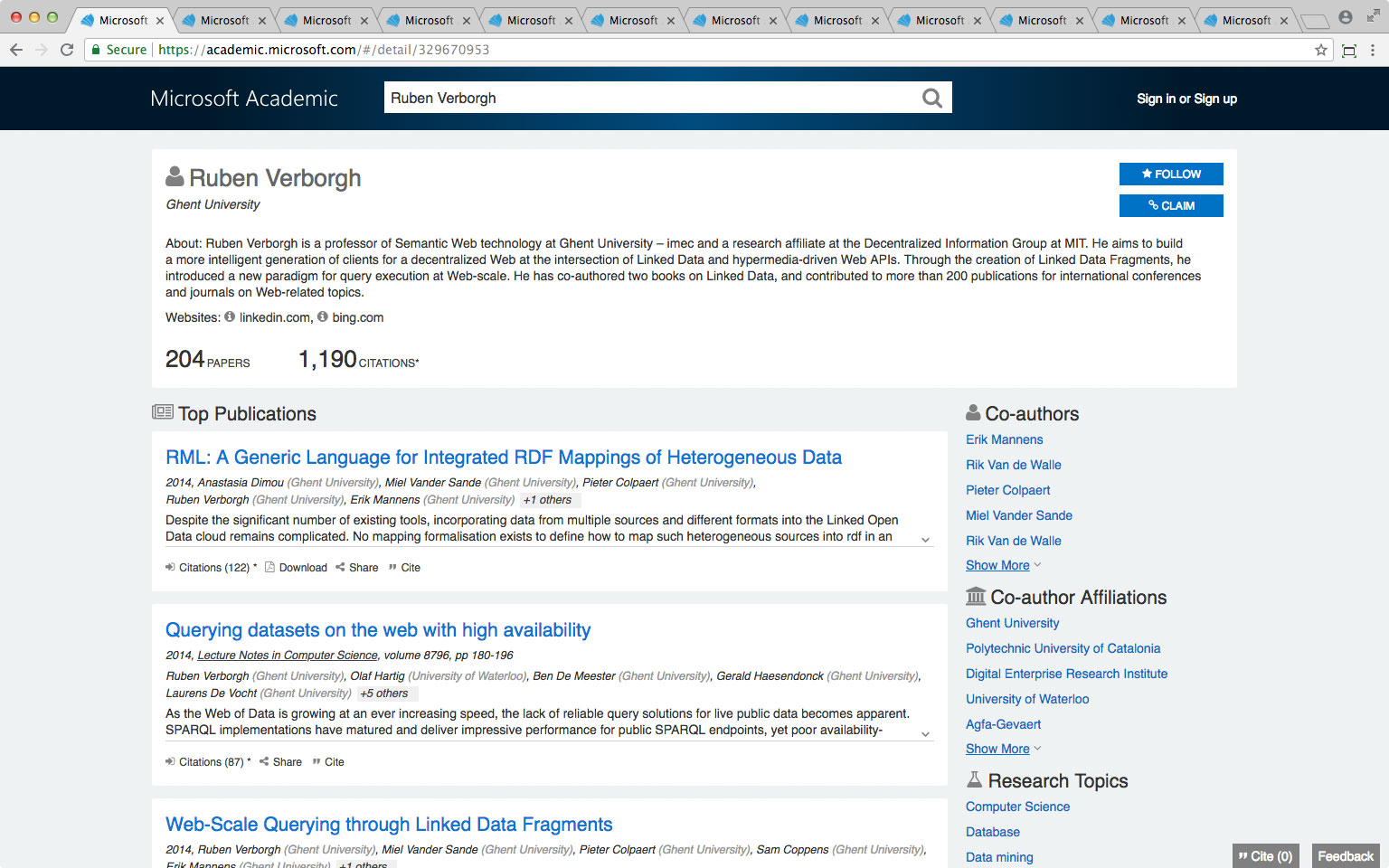
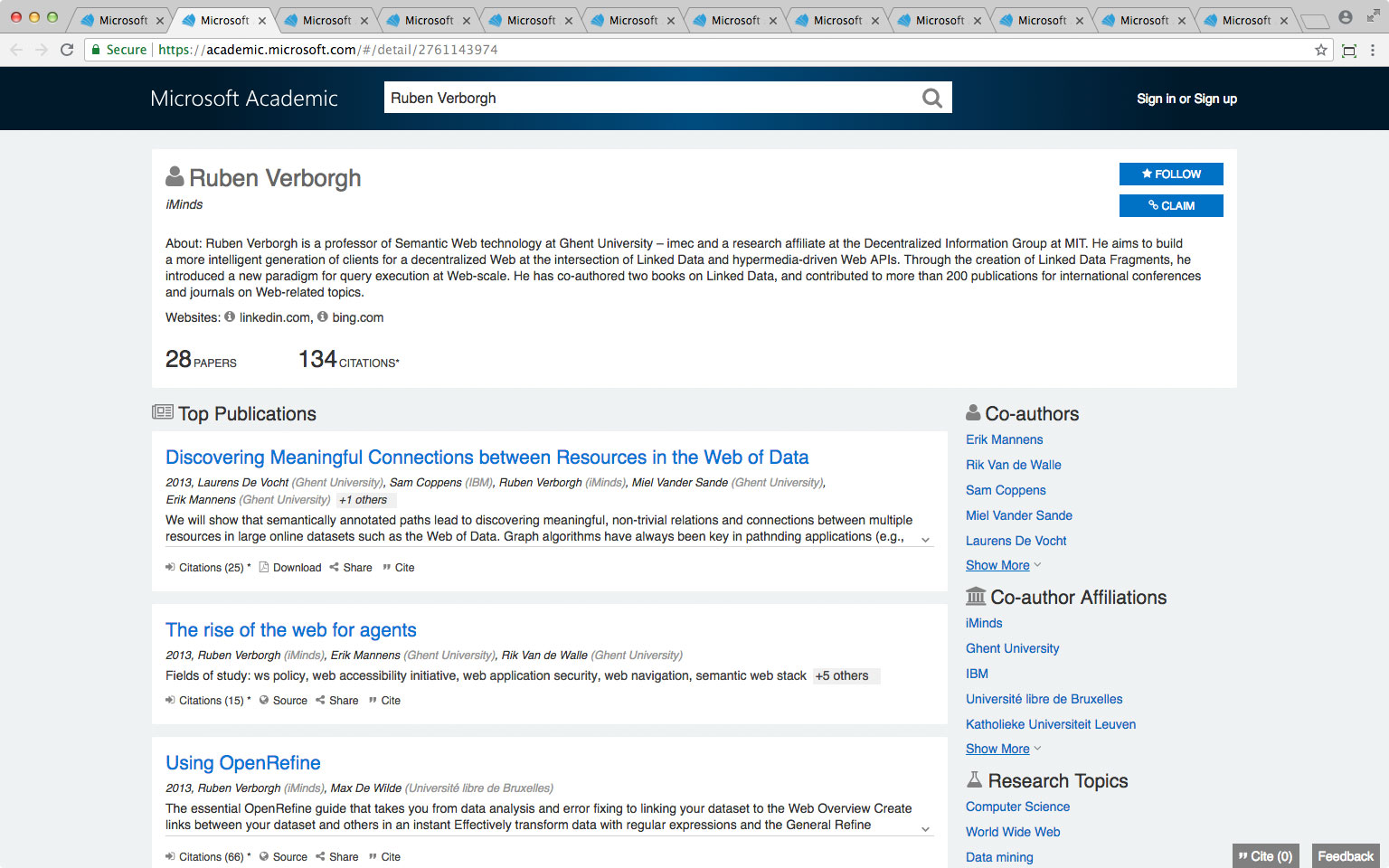
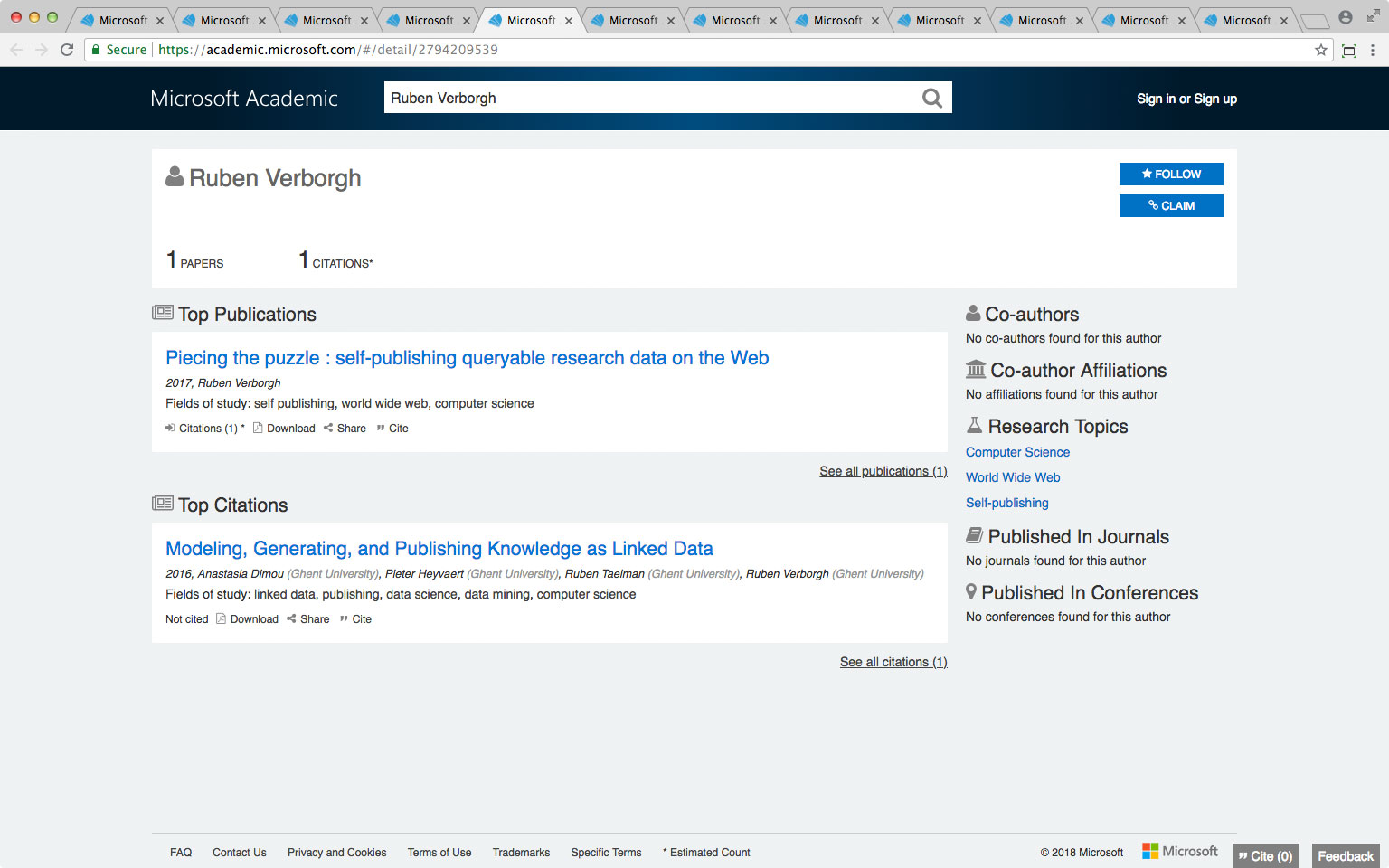
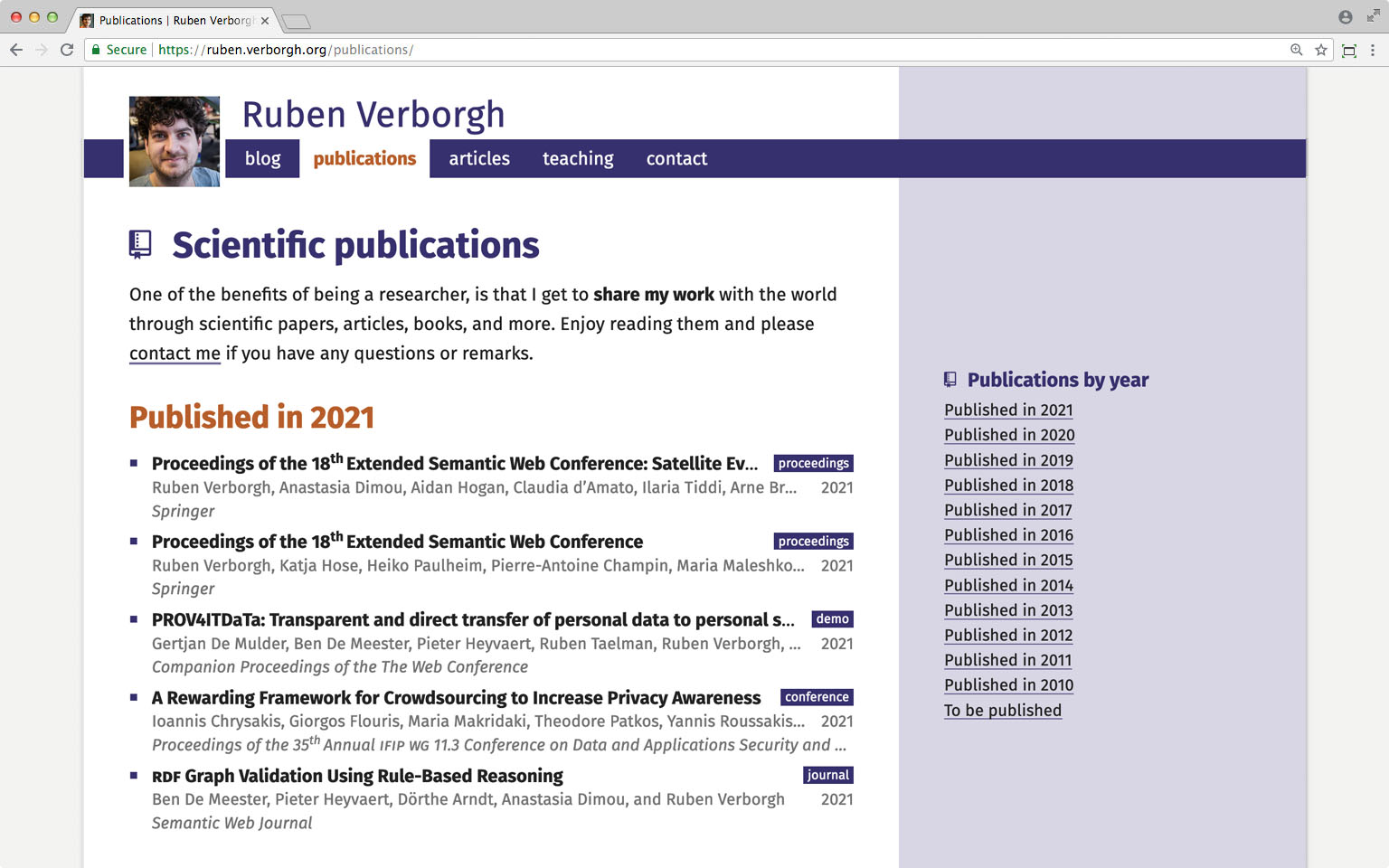
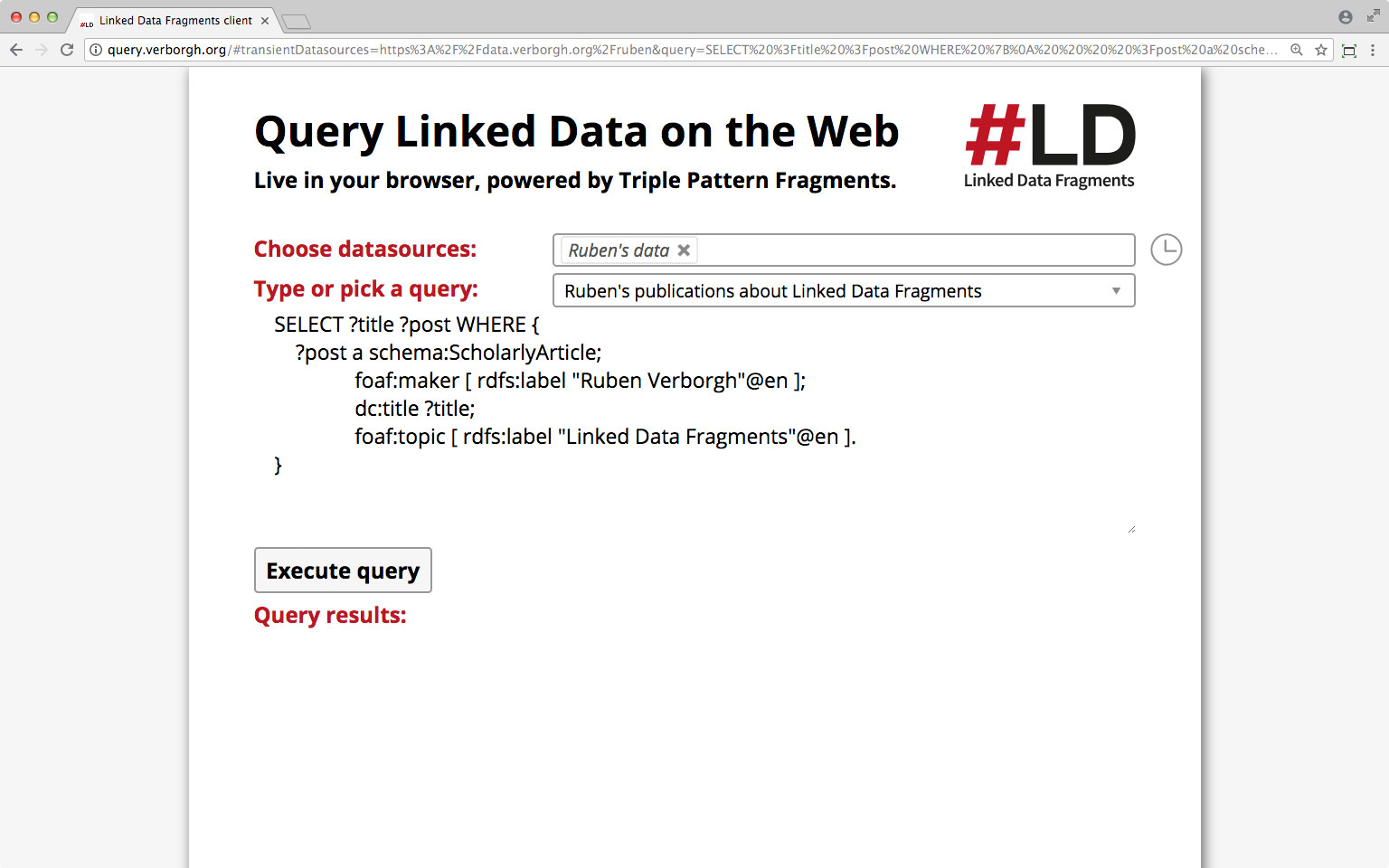
This knowledge lets (only) you improve your data
and the experience of those who eventually use it.

Lessons learned from aggregating hundreds of datasets
are highly useful to inform the discussion.
